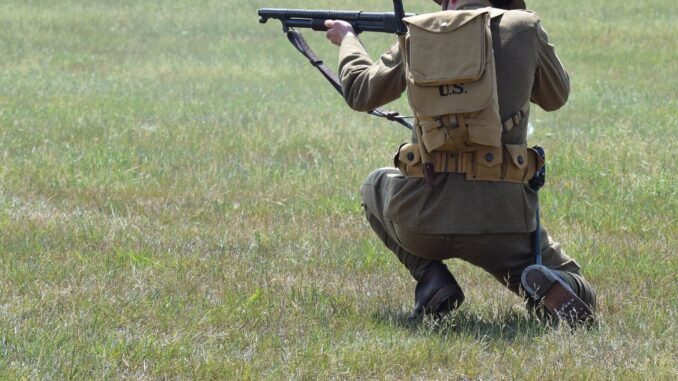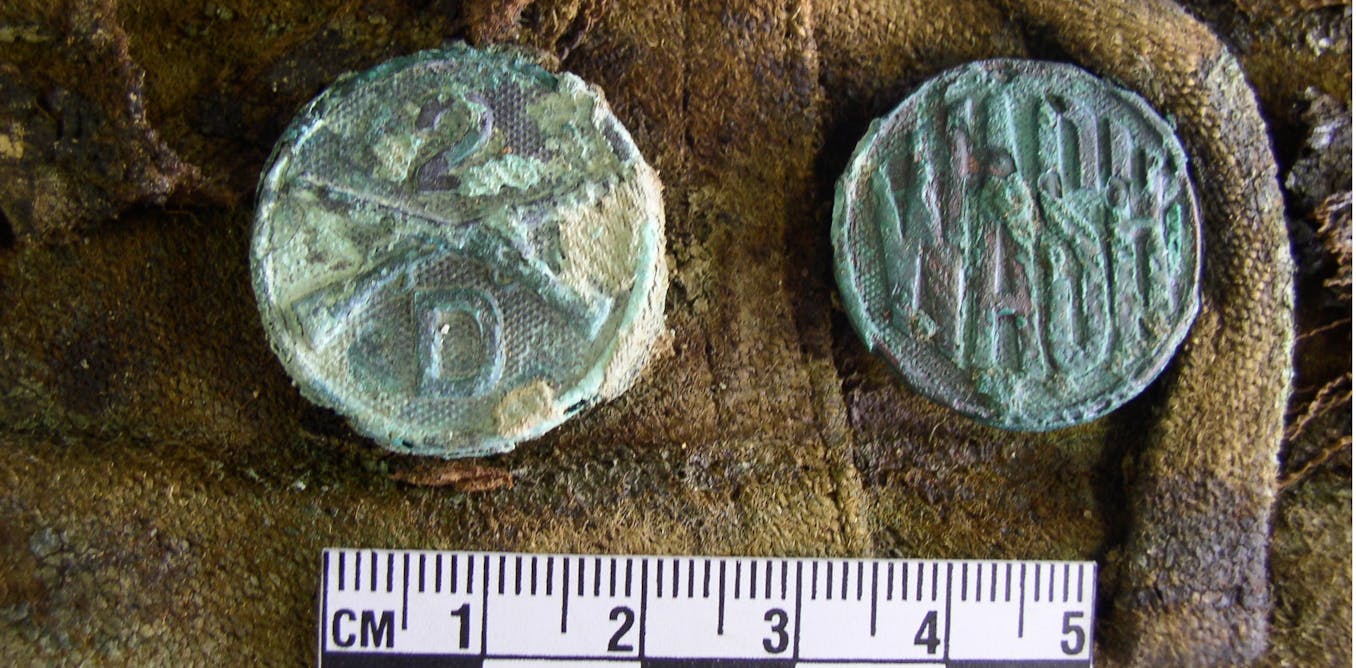
In the early hours of July 18, 1918, the Franco-American counter-offensive against German forces began at Aisne-Marne in northern France. The American Expeditionary Force’s first division pushed the Germans back, but at a heavy cost. By the end of the battle, over 1,000 US soldiers were missing, with their fates unknown.
Eighty-five years later, French archaeologists working on a construction site in the former battlefield area discovered the remains of two American soldiers. One of them, Private Francis Lupo, was easily identified thanks to his wallet, and he was honored with a burial at Arlington National Cemetery in 2006. The other soldier’s remains, Private 1st Class Charles McAllister, took two decades to identify. He will finally be laid to rest with full military honors in his hometown of Seattle on August 21.
In 2004, both sets of remains were sent to the US military’s central identification laboratory in Hawaii for analysis. Unlike the US, the UK does not have an equivalent lab; instead, it relies on a small team within the Ministry of Defense called the joint casualty and compassionate center (JCCC), and some ad hoc work by universities.
Initially, identifying Charles McAllister, known as CIL 2004-101-I-02, seemed impossible. As a forensic archaeologist at the CIL at the time, I assessed the evidence and believed further research might lead to identification. However, the case was handed over to historians and anthropologists without progress.
Fourteen years later, nearing the centennial of the soldier’s death and the end of World War I, I revisited the case. Due to political changes in the agency handling MIAs, I had to continue on my own time, with others volunteering to assist. We examined various evidence lines to identify the soldier, including the date and location of his death, his belongings, and his biological traits.
Ideally, a database of missing soldiers would have allowed a preliminary search based on height, dental records, age, and ethnicity. However, this information was only available in individual military records held at the US National Archives, necessitating a review of possible candidates and their records.
Long way round
To create a shortlist of potential candidates, I started by considering the location and time of death. Knowing when Francis Lupo went missing and assuming both soldiers perished around the same time, approximately July 21, 1918, and in a similar area, helped narrow down the search.

By overlaying the location where the remains were found on military maps and comparing it with US forces’ movements, I could estimate which regiments were in the area. This process reduced the list from thousands to several hundred missing in action (MIA) soldiers.
Key clues included two buttons from the uniform: one marked “WA” and the other with a “2” and “D” across two crossed rifles. These indicated that the soldier had been part of the Washington State National Guard, 2nd Regiment, Company D, before being incorporated into the AEF.
Another clue was a medal awarded for the 1916 campaign against Mexico, suggesting the soldier had served on the Mexican border. Researching the Washington National Guard, I found records of the 2nd Regiment’s MIA soldiers from France.
Cross-referencing the dates of loss with names on the “Tablets of the Missing” at the Aisne-Marne cemetery, and matching these with Washington National Guard records, led to a shortlist of four men from Company D. I then obtained their military records from the National Personnel Records Center (NPRC).

With these records, I used biometric data (physical measurements from the remains) to confirm the identity. Only one soldier matched the estimated height of 63 inches (1.6m): Pfc Charles McAllister. His dental records, showing a unique pattern of missing and intact teeth, also matched McAllister’s. Additionally, his estimated age aligned with the remains.
Genealogical research led me to Beverly Dillon, a family member from McAllister’s maternal line in Montana. She shared stories and the last letter McAllister wrote before leaving for France. Mitochondrial DNA, inherited maternally, matched Dillon’s, further supporting the identification. Finally, a nuclear Y-chromosome DNA sample from a male relative confirmed the remains were indeed Pfc Charles McAllister.
With all the evidence pointing to him, it was clear that Pfc McAllister could be identified beyond doubt. He will be honored and laid to rest in his hometown of Seattle.
Leave a Reply